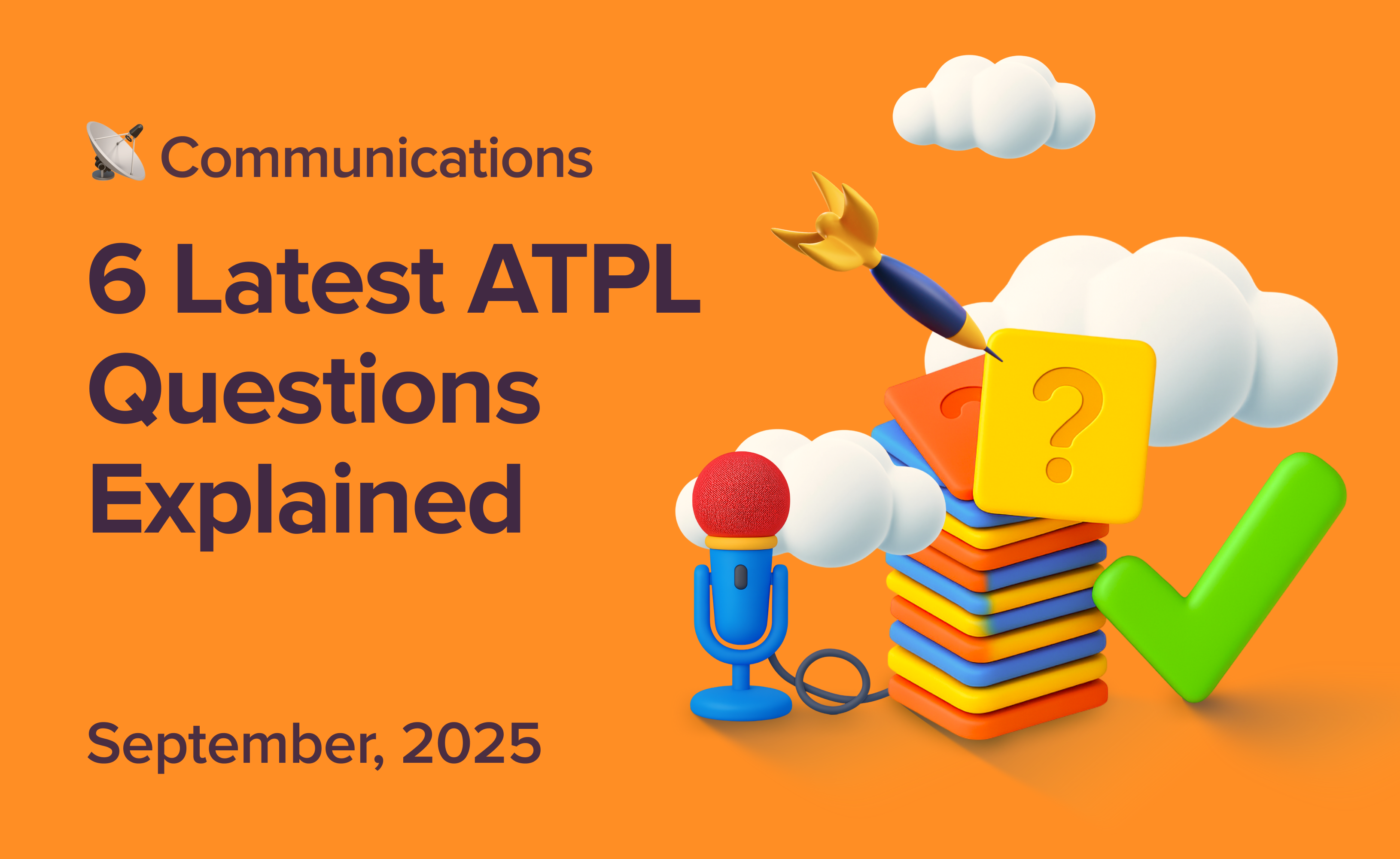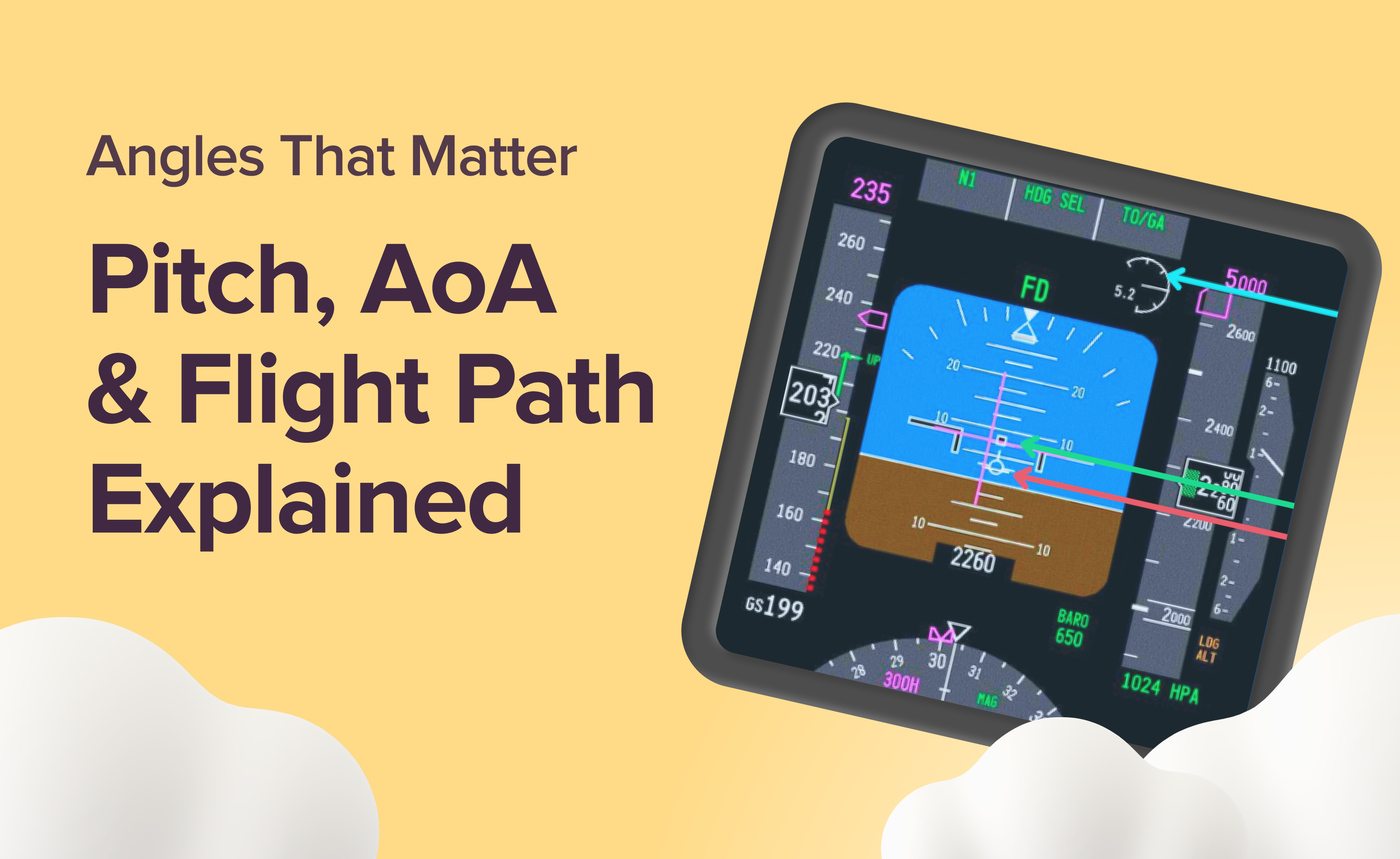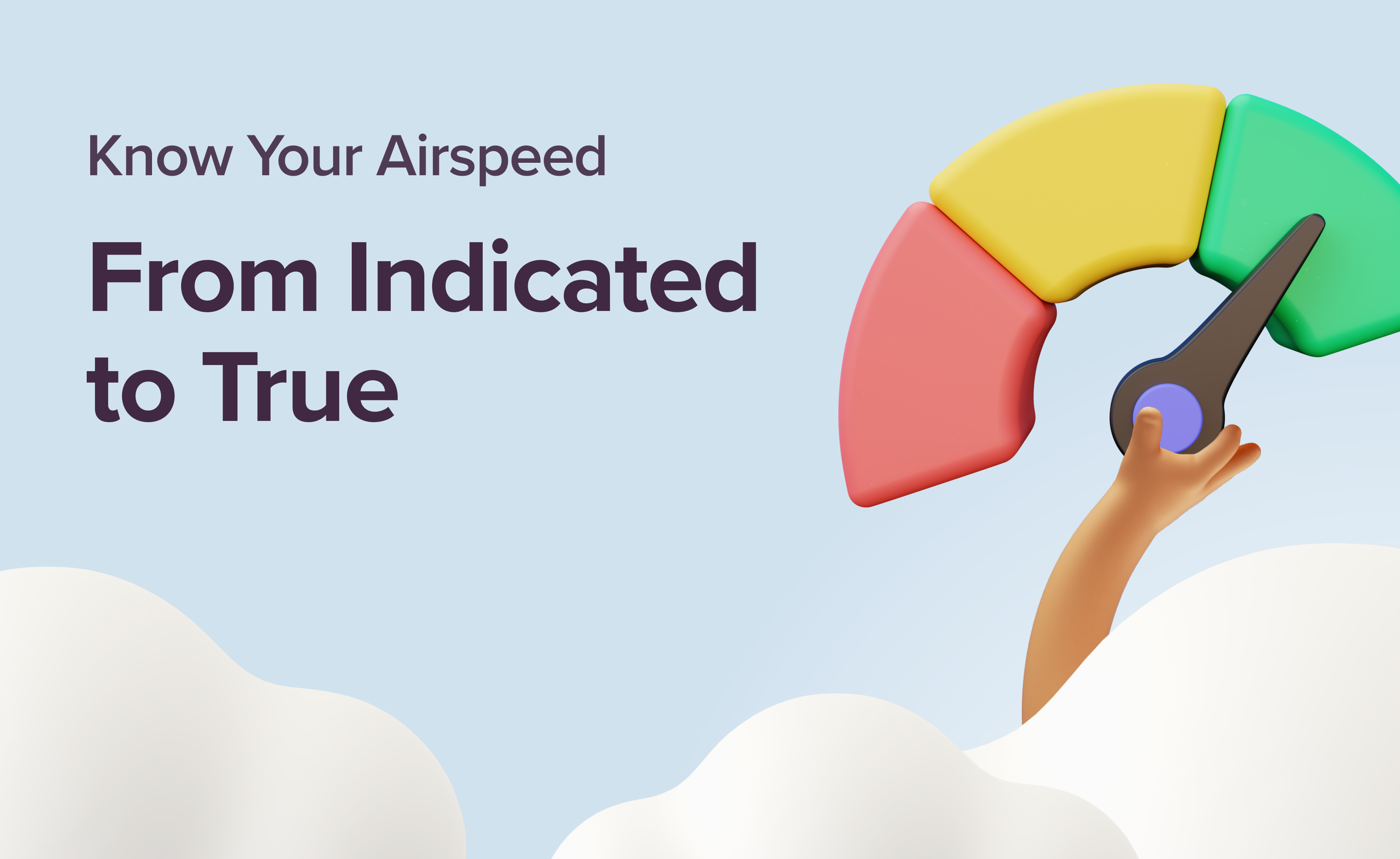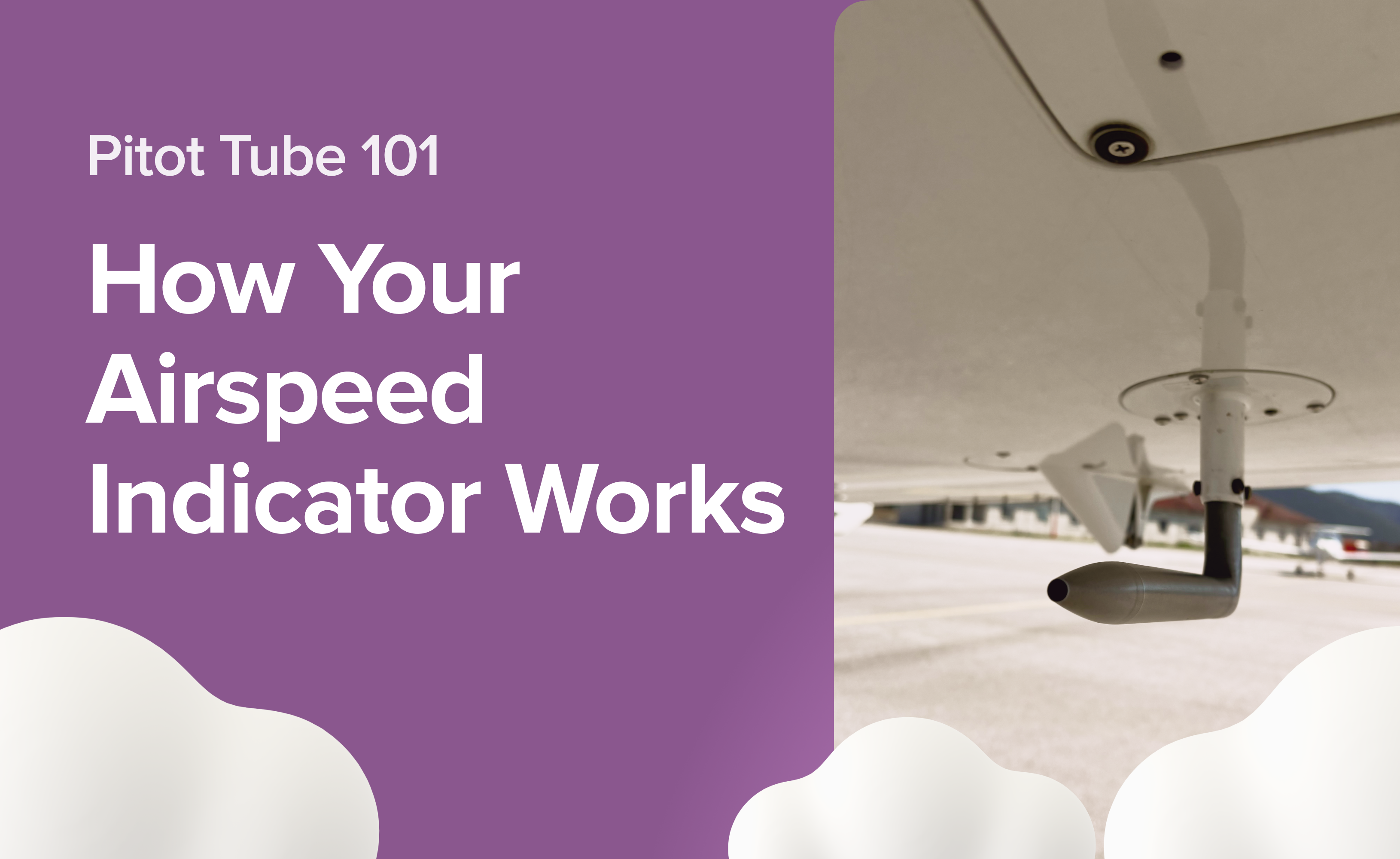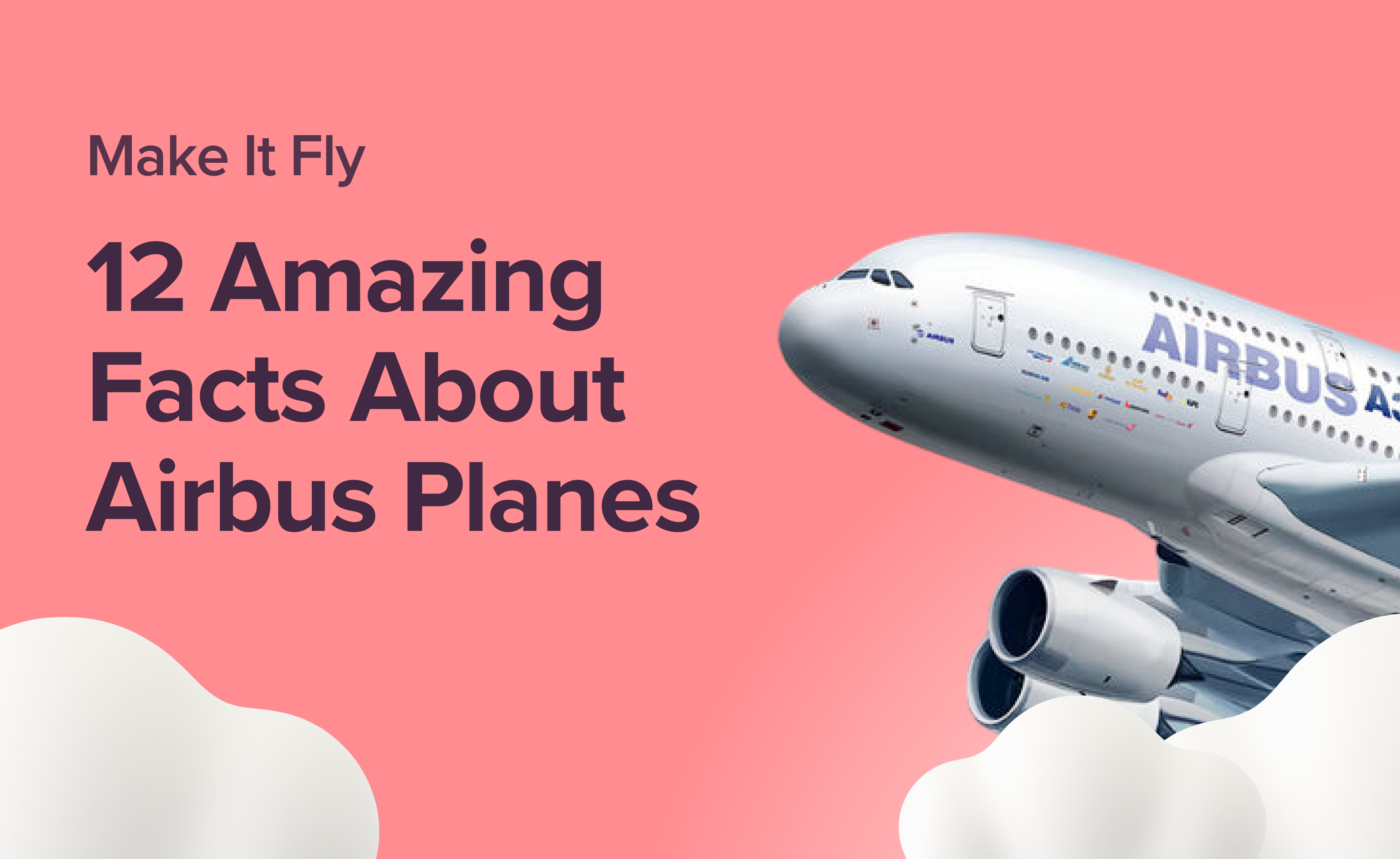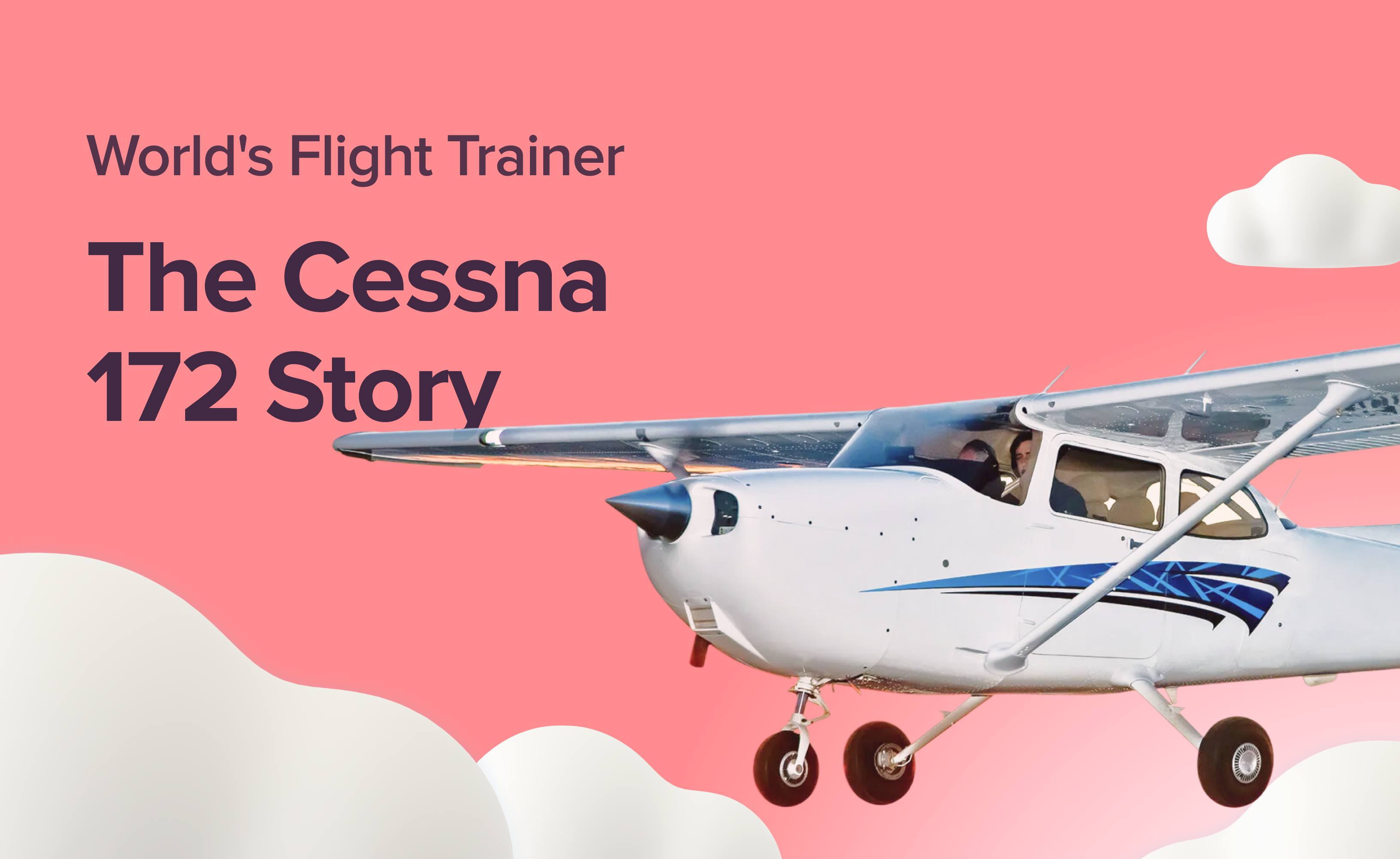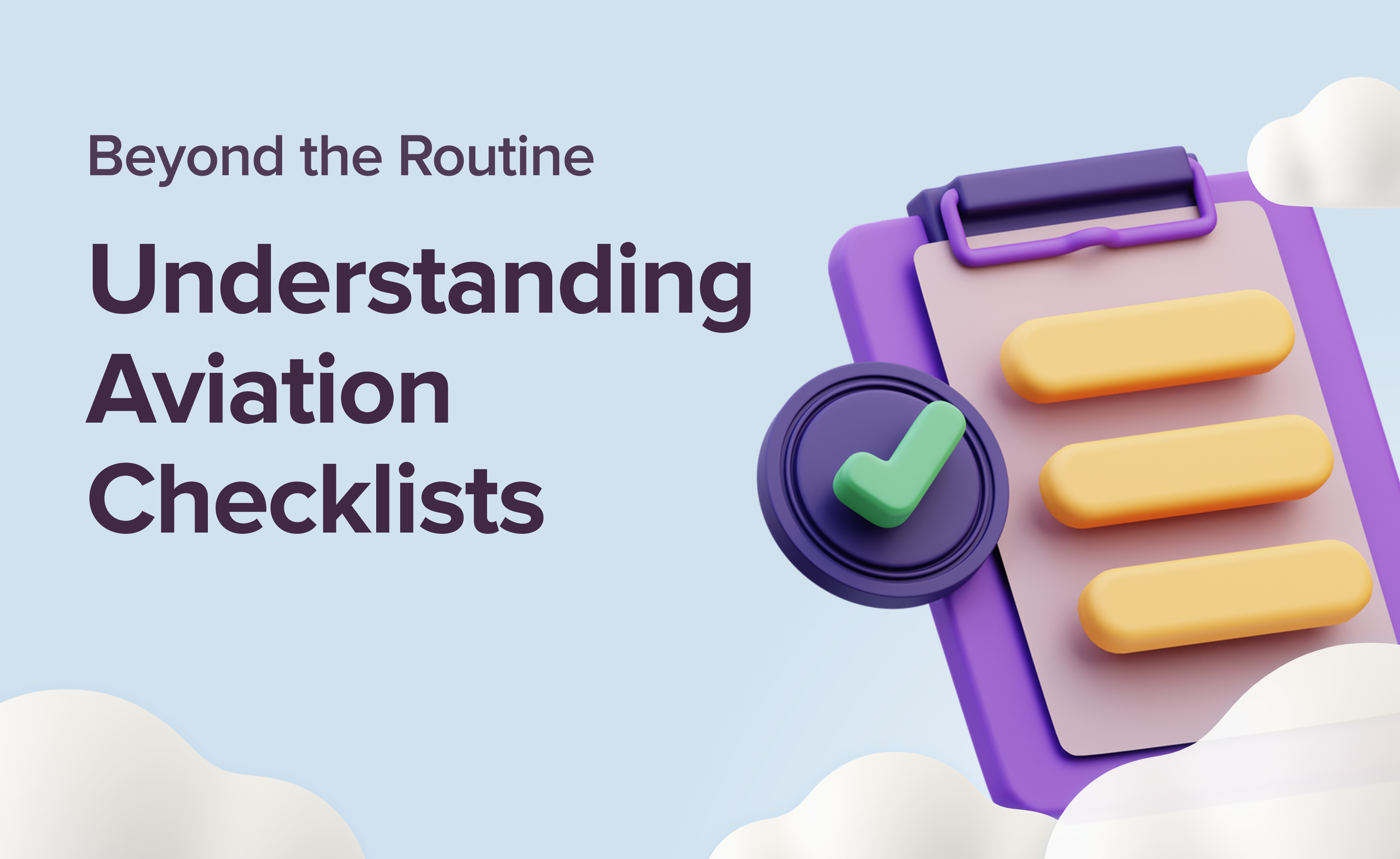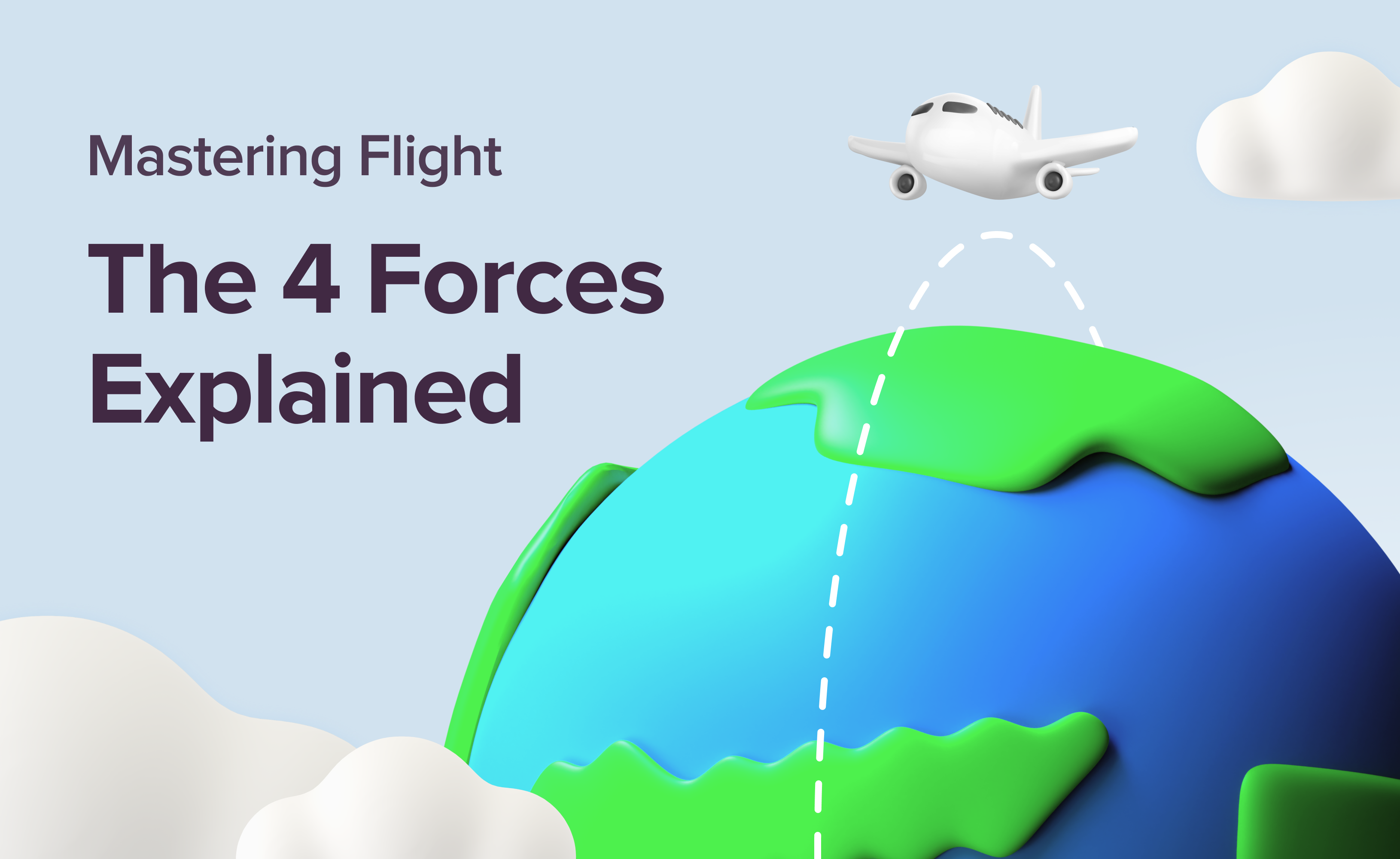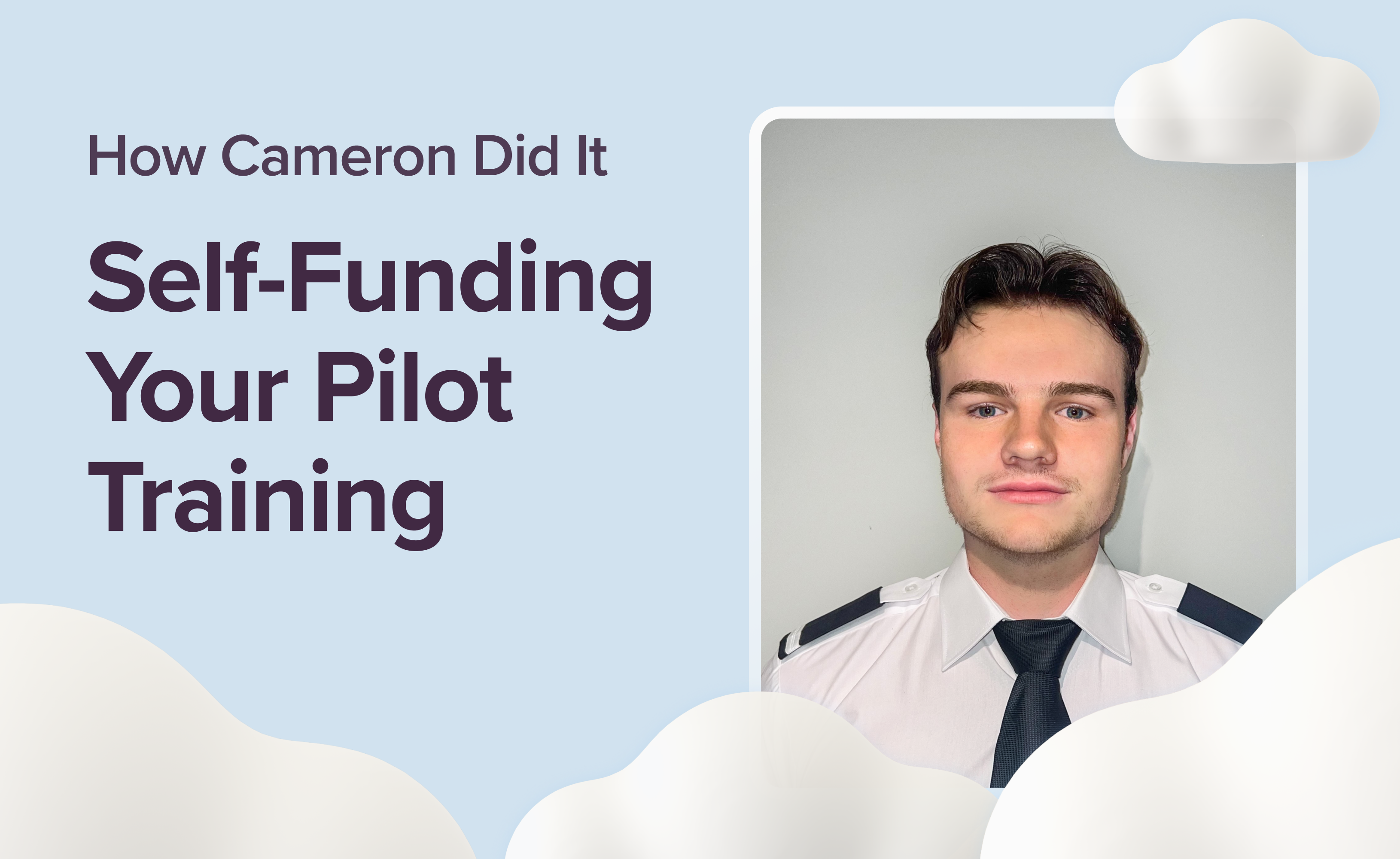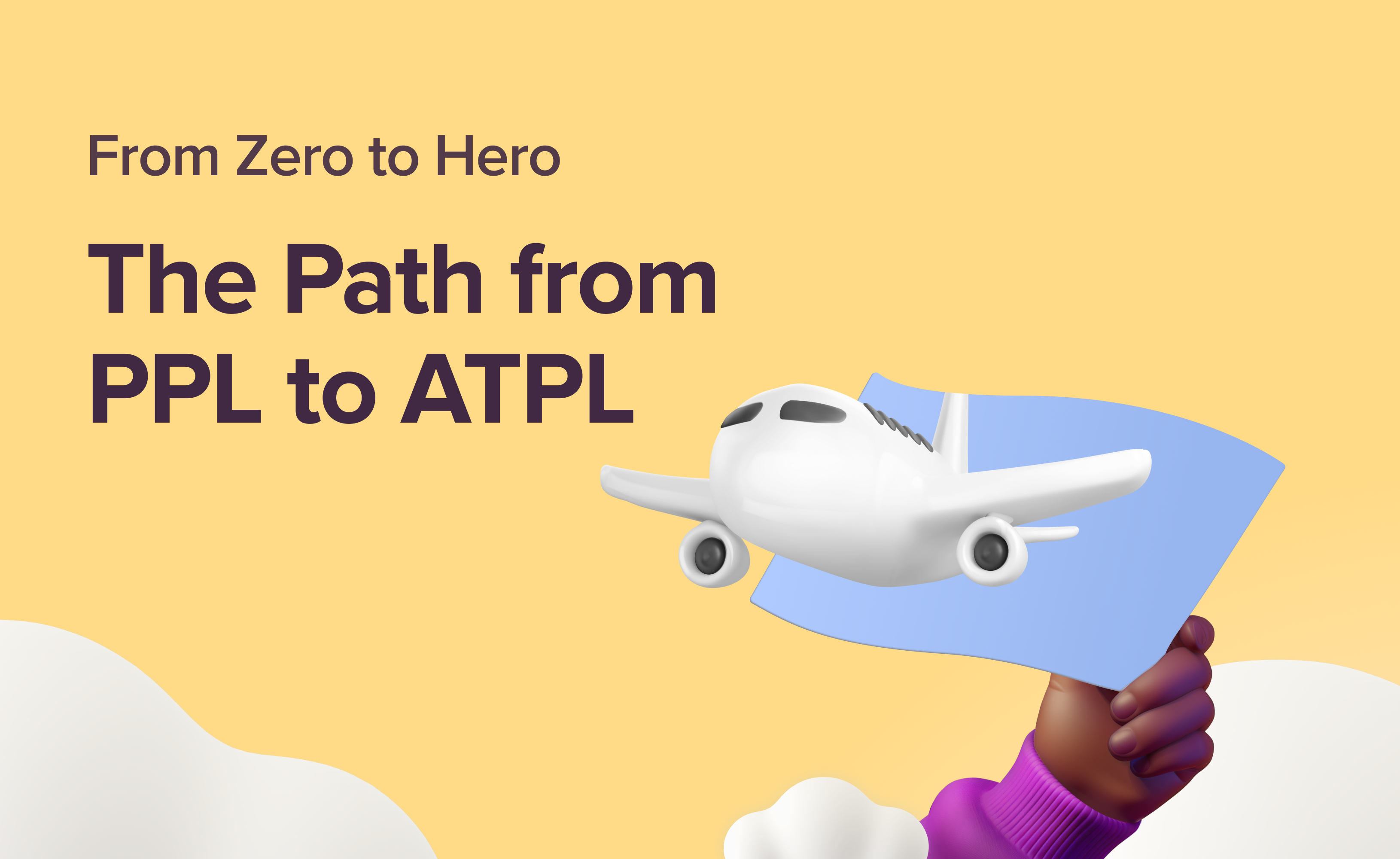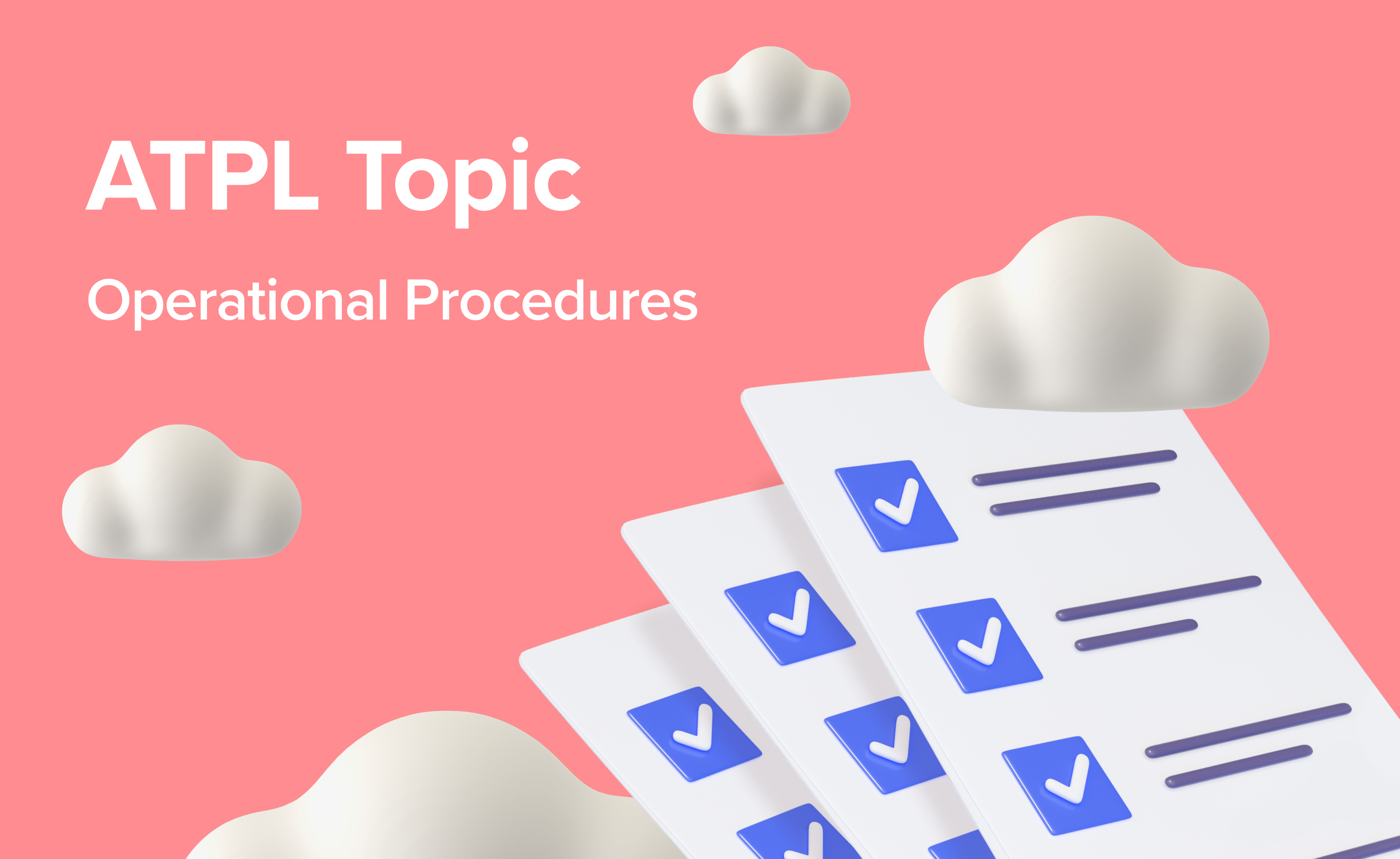Training Challenges: 12 Reasons Why Student Pilots Quit

For many, the dream of becoming a pilot—whether flying privately for pleasure or pursuing a commercial aviation career—represents freedom, adventure, and accomplishment. Yet, despite the allure of the skies, the journey to earning a pilot’s licence is far from easy. According to data from the Aircraft Owners and Pilots Association (AOPA), nearly 80% of student pilots ultimately abandon their training, a dropout rate that highlights the significant challenges involved.
But why do so many aspiring aviators quit before reaching their goal? More importantly, how can you stay engaged, motivated, and focused to see your dream through? To shed light on these questions, we explore 14 of the most common reasons why student pilots give up and offer insights to help you navigate these obstacles and succeed.
1. Running Out of Funds

Flight training is a significant financial investment, and the cost becomes a critical hurdle for many aspiring pilots. Running out of funds is one of the leading reasons student pilots quit training. This issue often arises around the time of the first solo flight. It is a crucial test of your flying skills, marking a major step towards earning your licence. However, it’s also one of the most challenging stages. Most students take between 15 and 20 hours of flight training to reach this stage, making the financial strain particularly acute during this period. Some students may find themselves exceeding their planned budgets due to unforeseen expenses or the need for additional hours to achieve proficiency, which can lead to frustration and a sense of stagnation.
To succeed in your aviation journey, you must plan your finances realistically. Training costs in the UK and Europe vary depending on factors such as the type of licence, the training programme’s structure, and local fees like airspace and airport charges. Below is a general overview of typical training expenses:
Private Pilot Licence (PPL):
UK: £12,500 to £17,000
Europe: €10,000 to €15,000
Commercial Pilot Licence (CPL):
UK: £50,000 to £60,000
Europe: €60,000 to €100,000
Airline Transport Pilot Licence (ATPL):
UK: £90,000 to £125,000 (integrated programmes)
Europe: €60,000 to over €100,000
To avoid running out of funds during flight training, it’s essential to approach the process with careful planning and resourcefulness. Start by creating a detailed financial plan that accounts for all expenses, including tuition, exam fees, equipment, and living costs. Be sure to include a buffer for unforeseen delays.
If upfront costs are daunting, modular training offers a practical alternative. This approach lets you complete your licences in stages, spreading expenses over time, making it more manageable than integrated programmes. Get inspired by Cameron's story of self-funded pilot training. His dedication and perseverance serve as a beacon of hope for aspiring aviators.
To learn more about the modular route, a popular path for aspiring pilots, click here.
Exploring financing options can also ease the burden. Many aviation banks and training academies offer loans tailored for pilot training, and pay-as-you-go payment structures provide flexibility compared to lump-sum commitments. Scholarships and grants are another valuable resource; organisations like the Honourable Company of Air Pilots and the British Women Pilots’ Association provide financial support in the UK, while various European foundations offer similar opportunities.
Maximising training efficiency is another key strategy. Preparing thoroughly for each lesson—whether by studying theory, practising procedures, or using flight simulators—can help you make the most of your training hours. Close collaboration with your instructor ensures you focus on areas needing improvement, minimising the chance of repeating exercises unnecessarily.
Did you miss our comprehensive guide on funding your pilot training? You can get it here. We extensively explored financial planning strategies and identified cost-saving opportunities to make your aviation journey attainable for you.
2. Repetitive Training and Stagnation

Flight training is inherently repetitive, as mastery of manoeuvres requires consistent practice. Students must perform each manoeuvre within the tolerances specified in the EASA certifications, and some flight schools require additional repetition to meet insurance requirements. While repetition is essential for skill development, it can feel monotonous and frustrating, especially when progress seems slow. The financial cost of repeating lessons only adds to this frustration, making it easy to become disillusioned with the process.
A significant factor contributing to this issue is poor communication from instructors. When students are told they must repeat a lesson without a clear explanation of why, they may feel discouraged. Instead of understanding the areas needing improvement, they see only a lack of progress.
To combat stagnation, setting clear short- and long-term goals is essential. Work with your instructor to define specific performance benchmarks for each procedure. For example, if you’re working on short-field landings, aim to consistently land within 300 feet of your target before narrowing the margin to 250 or 200 feet. Gradual improvements make progress tangible and build confidence.
If repetition is due to school policies rather than your performance, ask for transparency. Understanding the reasons behind additional training requirements can help manage your expectations and reduce frustration. Ultimately, staying focused on incremental progress and maintaining open communication with your instructor can make the training process feel more rewarding.
Unlock your learning potential with our 10-step guide to ground school success. Discover proven techniques to study smarter, not harder.
3. Poorly Structured Training

A lack of structure in flight training programs can leave students feeling lost and overwhelmed. This issue is particularly common in Part 61 flight schools, where training often lacks a standardized syllabus. Without defined milestones, students may struggle to gauge their progress, leading to a sense of aimlessness. Some lessons may introduce too many new concepts at once, while others may feel like repetitive time-building sessions with no clear purpose.
Unstructured programs can also create inconsistencies when instructors change. Switching Certified Flight Instructors (CFIs) mid-training may result in repeated lessons or mismatched teaching methods, further disrupting the student’s learning experience.
The solution lies in choosing a flight school with a structured syllabus. A well-organized program allows for steady progress by introducing new concepts in manageable increments and focusing on mastering one skill at a time.
Discover the top 18 EASA-accredited flight schools in Europe and the UK.
4. Poor Instructor-Student Relationship

The relationship between a student pilot and their Certified Flight Instructor (CFI) is fundamental to the success of flight training. A great instructor not only imparts technical knowledge but also fosters trust, confidence, and motivation. Unfortunately, not all instructors approach their role with the same level of commitment.
Many CFIs are aspiring airline pilots building the required 1,500 flight hours for their ATPL rating. While some are passionate about teaching, others view instructing as a means to an end and may not fully engage with their students. Additionally, frequent turnover among instructors — often due to career advancements — can disrupt a student’s training. In some cases, instructors leave with short notice, leaving students scrambling to adjust.
Personality mismatches between instructors and students are another common issue. A lack of patience, poor communication, or differing teaching styles can hinder a student’s progress and create tension. While students may feel obligated to stick with their assigned instructor, this dynamic can lead to frustration and disinterest in continuing training.
Don’t be afraid to advocate for your needs — whether that means seeking a new instructor or discussing your goals and challenges openly. Switching instructors can offer fresh perspectives, new techniques, and a renewed sense of enthusiasm for your training.
Discover how to enhance your flight training experience and build a strong relationship with your instructor in our article Pilot in the Making: Mastering Flight Training.
5. Failing Knowledge Tests

Passing the ATPL theory exams with a 75% mark in each of the 13 subjects is no easy feat. These exams comprehensively assess your understanding of aviation theory, regulations, and procedures. While self-study is an option, it can be a challenging path for many aspiring pilots.
Failing a knowledge test can be a major blow to confidence. For some, it creates a feeling of inadequacy, while others become discouraged by the prospect of retaking the exam. This roadblock often requires significant willpower and discipline to overcome, and it’s not uncommon for students to quit at this stage. Even those who excel in practical flying can struggle with the theoretical components, as they demand different skill sets and learning strategies.
To avoid this challenge, preparation is key. Thankfully, numerous resources are available to help students excel. Online courses offer structured instruction, study materials, and mock exams tailored to aviation theory. Additionally, question banks like Airhead ATPL provide access to comprehensive databases of real exam questions, detailed explanations, and progress tracking. Such tools improve your chances of passing and help you identify and focus on weaker areas.
Keep the ATPL exams from becoming your aviation Everest. Unlock the secrets to success with these proven student strategies and question bank tips.
6. Medical Issues

Medical fitness is a non-negotiable requirement for pilots, and obtaining a valid medical certificate can be a challenging process for some students. The European Union Aviation Safety Agency (EASA) and the UK Civil Aviation Authority (CAA) impose strict medical standards for pilot certification. Conditions such as heart problems, mental health disorders, and even certain medications can delay or disqualify applicants, leaving many unprepared for the hurdles they may face.
For some aspiring pilots, discovering a potential medical disqualification after beginning training can be particularly disheartening. The process of addressing these issues often involves extensive paperwork, medical evaluations, and waiting periods, which can be frustrating. However, in many cases, students can overcome these obstacles with patience and proper guidance.
If you suspect a potential issue, the best course of action is to consult an Aviation Medical Examiner (AME) early in your journey. Scheduling a consultation — not an exam — allows the AME to review your medical history and identify any concerns before you formally apply for certification. In cases where a disqualifying condition exists, you may still be eligible for a special issuance certificate after undergoing further evaluations. Preparation and proactive management are essential. By addressing medical concerns early, you can avoid unnecessary delays and focus on your training with peace of mind.
Curious about the stringent medical standards airline pilots must meet? Dive into our latest blog, Soaring High: Medical Requirements for Airline Pilots, to learn more
7. Time Constraints

Time management is a significant challenge for many student pilots, particularly those balancing flight training with work, family, or academic commitments. The demanding nature of training, coupled with irregular scheduling and weather-related cancellations, can make it difficult to maintain consistency. Gaps between lessons may cause students to forget key concepts, requiring additional time and money to relearn them.
This constant juggling act can lead to burnout, with students feeling stretched too thin to dedicate sufficient energy to their training.
To mitigate this, creating a realistic schedule that accommodates your other responsibilities is vital. Communicate openly with your flight school about your availability, and aim to schedule lessons consistently to build momentum. For those with busy lives, modular training options may provide the flexibility needed to progress at a manageable pace.
By planning and prioritising consistency, you can strike a balance between your commitments and your aviation goals.
8. Fear and Anxiety

Flying can be an intimidating experience, particularly for new students who face the unknown challenges of solo flights and check rides. Fear of making critical errors or encountering unexpected situations often causes students to doubt their abilities. For some, these anxieties are magnified during performance evaluations, where the pressure to succeed can feel overwhelming. Fear and anxiety are natural parts of the learning process, but left unchecked, they can deter students from continuing their training.
Addressing these emotions requires a combination of self-awareness and support. Working closely with a trusted instructor who understands your concerns can help build your confidence. They can provide guidance, break down tasks into manageable steps, and create a safe environment for you to practice and improve.
Additionally, focusing on preparation is key to reducing anxiety. Familiarising yourself with check ride procedures, practising regularly, and visualising successful outcomes can ease nerves and build a sense of readiness. If fear persists, consider seeking advice from fellow students or joining aviation communities where shared experiences can offer reassurance.
Explore the importance of mental wellbeing for pilots and learn how to focus on it in our blog, Fly Well, Be Well: Prioritising Pilot Mental Wellbeing.
9. Unrealistic Expectations

Many aspiring pilots begin their training with romanticised visions of aviation, often fuelled by media portrayals of the profession. The excitement of piloting an aircraft and the prestige associated with being a pilot can obscure the reality of the challenges involved. When confronted with the rigours of ground school, procedural training, and the sheer discipline required to master flying, some students find themselves overwhelmed.
The technical and procedural aspects of aviation demand precision, patience, and a relentless commitment to improvement. For students who are unprepared for this intensity, the gap between their expectations and reality can lead to disillusionment. They may begin to doubt their capabilities or question their decision to pursue flying altogether.
To manage expectations, it’s crucial to approach flight training with a realistic mindset. Before enrolling, take the time to research what pilot training entails. Speak with current pilots or flight instructors, shadow training sessions if possible, and gain an understanding of the demands and rewards of the profession. By entering with eyes wide open, you’ll be better equipped to embrace the challenges and stay motivated through the journey.
As a pilot, continuous learning is essential. Discover the importance of lifelong learning in aviation in our blog, Fuelling Curiosity: Lifelong Learning as a Pilot.
10. Lack of Career Clarity

Some students embark on flight training without a clear sense of their ultimate career goals, which can create confusion and uncertainty. For instance, while some envision themselves flying commercial airliners, others may consider corporate aviation, instructing, or even flying as a hobby. With a defined path, students may be able to stay motivated, particularly when faced with the financial and time investments required.
Concerns about job prospects and industry stability further complicate the decision-making process. Economic downturns, shifts in airline hiring practices, or personal circumstances can make a long-term aviation career feel uncertain or unattainable.
To avoid this pitfall, take time to clarify your goals before starting training. Consider whether you want to fly recreationally or professionally, and research the steps required for each path. Speak with industry professionals to understand the current job market and potential career trajectories. Having a clear vision for your future provides direction and fuels your determination to navigate the inevitable challenges along the way.
Explore nine unconventional career paths in aviation in our blog, Beyond the Airlines: 9 Unique Career Paths for Licensed Pilots.
11. Lack of Support System

Flight training is an intense and often isolating journey, and without a strong support system, students may struggle to stay motivated. Financial stress, emotional challenges, and the demanding nature of the training can take a toll, especially when students feel they are facing these pressures alone.
Family and friends who don’t understand the rigours of aviation training may unintentionally downplay its importance, leaving students feeling unsupported. Within the training environment itself, a competitive or toxic culture can amplify these challenges. If peers or instructors are judgmental or dismissive, students may feel belittled, undermining their confidence and enthusiasm.
Additionally, a lack of camaraderie with fellow students can make the process feel isolating. While aviation is typically portrayed as a tight-knit community, the reality at some flight schools may differ, leaving students without the sense of belonging they anticipated.
To combat these challenges, seek out supportive communities, whether online or in person. Joining aviation forums, attending local pilot meetups, or participating in study groups can provide a sense of connection and shared purpose. Openly communicate with family and friends about the demands of your training so they can better understand and support you. A positive and encouraging environment can make all the difference in staying the course.
Networking is key to success in aviation. Read our blog, Network Your Way Up: Building Connections in Aviation, to learn how to build strong relationships and advance your career.
12. Lack of Passion

Not every aspiring pilot enters training with a lifelong dream of flying. Some students start of curiosity, external pressure, or the allure of a well-paying career, only to discover that aviation isn’t their true calling. The demands of flight training—both financial and personal—can quickly reveal whether a student has the passion and drive to continue.
For those lacking a genuine interest in aviation, the process may feel more like a chore than a rewarding pursuit. Without the intrinsic motivation to push through challenges, it’s easy to become disengaged and ultimately quit.
To ensure that flight training aligns with your passion, reflect on why you want to become a pilot before committing. Spend time in the aviation community, take an introductory flight, or explore other aspects of aviation to confirm your interest. Passion is the fuel that drives perseverance; without it, the journey can feel unfulfilling.
If you find that your passion for aviation isn’t strong enough to sustain you through training, that’s okay — it’s better to redirect your efforts toward a path that truly excites you. However, for those with a burning desire to fly, that passion will carry you through the challenges and make the entire journey worthwhile.
Airhead's Takeaway

Becoming a pilot is more than just learning to fly; it’s a journey of perseverance, passion, and self-discovery. The challenges along the way—from financial hurdles to moments of self-doubt—are not barriers to stop you but opportunities to grow stronger and more determined. Every great aviator once stood where you are now, facing uncertainty but choosing to rise above it. Remember, the sky is not the limit; it’s your calling. Stay focused on your dream, embrace the lessons in every challenge, and trust that the effort you invest today will one day reward you with the unparalleled freedom of flight. Keep your eyes on the horizon—your wings are waiting.





